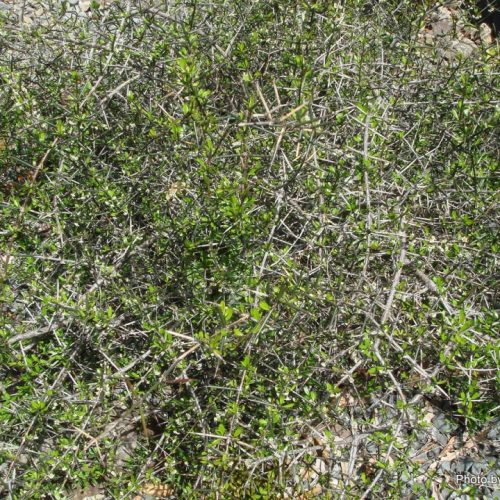Description
Carpodetus serratus, also known as Putaputāwētā is an evergreen tree endemic and widespread through the North, South and Stewart Islands. The tree is naturally found growing in coastal to montane (to an altitude of 1050m) sites including beech forest, stream sides and forest margins. This tree prefers moist broadleaf and beech forests. It also frequently occurs in secondary forest, forest margins and along streams.
Often found in plant communities in Canterbury that include but are not limited to Kahikatea, Fuchsia excorticata, Pennantia corymbosa, and Aristotelia serrata.
Carpodetus serratus has small ovate or round, mottled leaves with a toothy margin. The mottled colouring led to another name for the tree- Marbleleaf. There is a prolonged juvenile phase with interlacing (divaricating) branches and small rounded leaves. Adult foliage is oval with a shallow serrated edge and is mid-dark green with lighter green marbling. Putaputāwētā develops a slender trunk of up to 30 cm in diameter, which is covered by rough and corky bark. The bark is mottled grey-white colouring and is often knobbly due to boring by insects. November through to March the tree has a showy display of clusters of tiny white flowers with yellow centres. These are followed by purple fruit, which ripens to black from March-May. These fruits are attractive to various animals.
Carpodetus serratus adapts well to garden use and is widely cultivated in New Zealand. It remains a compact, rounded shrub for several years before developing its adult tree-like form. Without trimming, it will grow to about 5m. It forms an attractive tree with upright spreading branches making it suitable for shade or specimen planting. However, it may be trimmed to keep it compact and bushy. It prefers a deeply dug, good soil and ample moisture. Once established, trees are tolerant of moderate wind and frost. Frost tender when young. Hardy. Sun to semi-shade.
For more information on plant communities, we recommend DOC’s publication Native Plant Communities of the Canterbury Plains.





